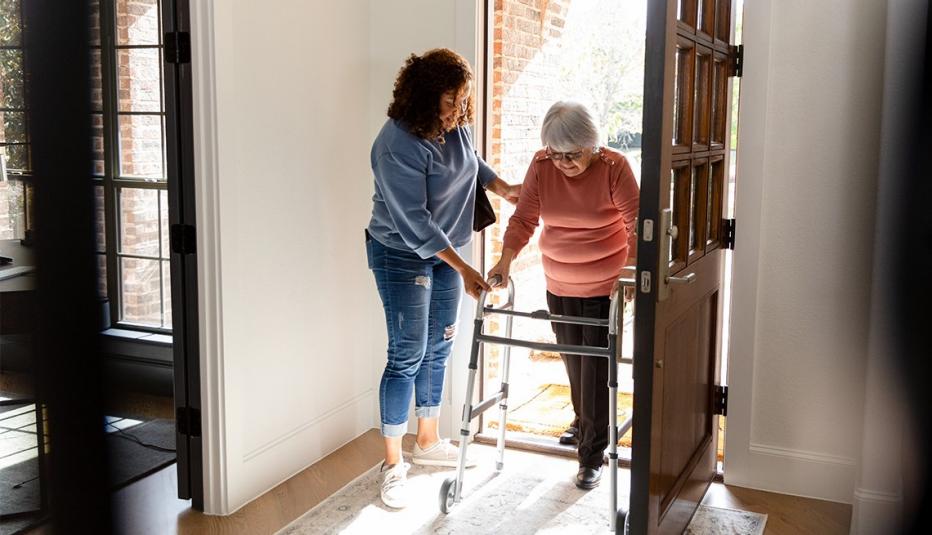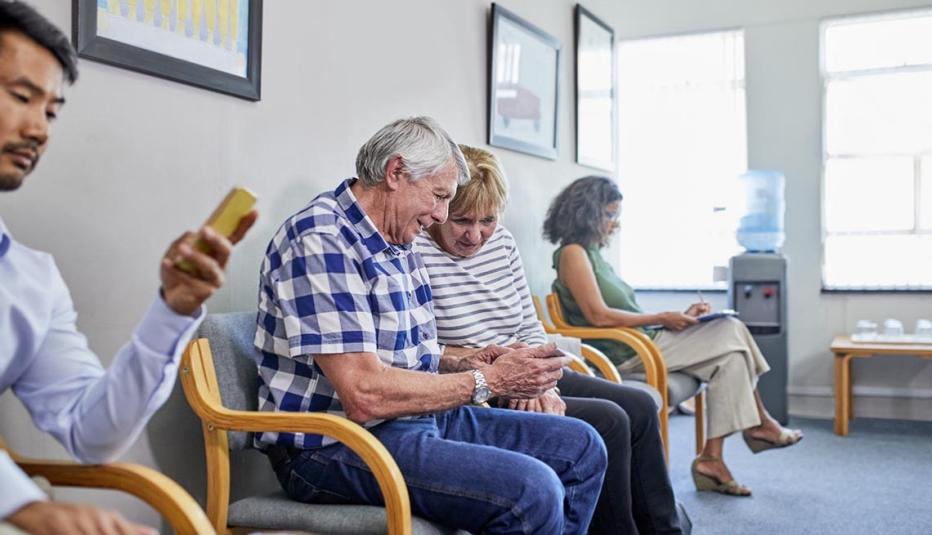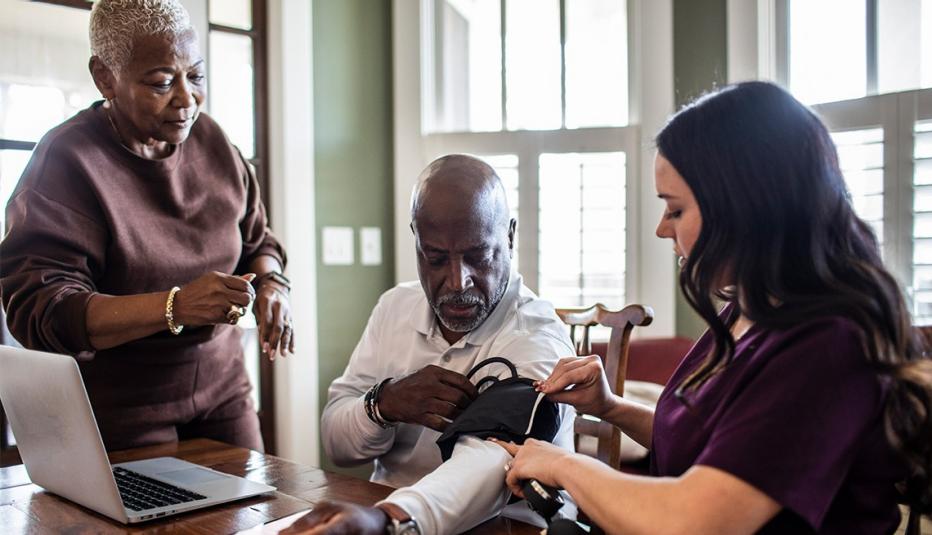AARP Hearing Center
The Medicaid program plays an integral role in the health and long-term care of older adults, including helping them age at home and in their communities. The program directly supports hospitals, health care workers, nursing homes, other health care and long-term care (LTC) providers, and their local communities across the country.
This Fact Sheet focuses on Medicaid enrollees ages 50 and older.
Key Takeaways
- Medicaid provides health care coverage for Americans throughout their lifespan, including more than 17 million people ages 50 and over.
- Medicaid is a safety net for low-income adults on Medicare who face unaffordable out-of-pocket costs.
- Medicaid pays for a broad range of long-term care services for people who need them, including more than 2 million older adults.
- Medicaid provides important supports for family caregivers, including health care coverage for them and services for the people they care for.
Medicaid is the nation’s largest payer for long-term care (LTC), which include hands-on assistance with basic tasks such as feeding, bathing, and dressing. Medicaid LTC enrollees are often older adults with serious and often complex care needs, including Alzheimer’s and other dementias. Having Medicaid can be the reason an older adult can get out of bed, get dressed, and go about their day.
Medicaid program dollars have been shown to provide stability in the health care system, particularly in lowering rates of rural hospital closures. Medicaid’s direct support for health care and LTC access and reliable reimbursement rates for hospitals and providers also indirectly support surrounding local economies supporting employment and financial stability. More than 2.7 million Medicaid-enrolled adults ages 50 and older live in rural areas.




































































